A Melbourne girl, Melinda Piesse studied Fine Arts at Monash University and has always had a love of history. Growing up her favourite films were the classics like Moby Dick and Laurence of Arabia, and whilst she was quite a shy person she always had a love of adventure. Her desire to break out of her sheltered background saw her volunteer with the Tall Ship Enterprize crew, during which time she envisioned creating an embroidered sail.
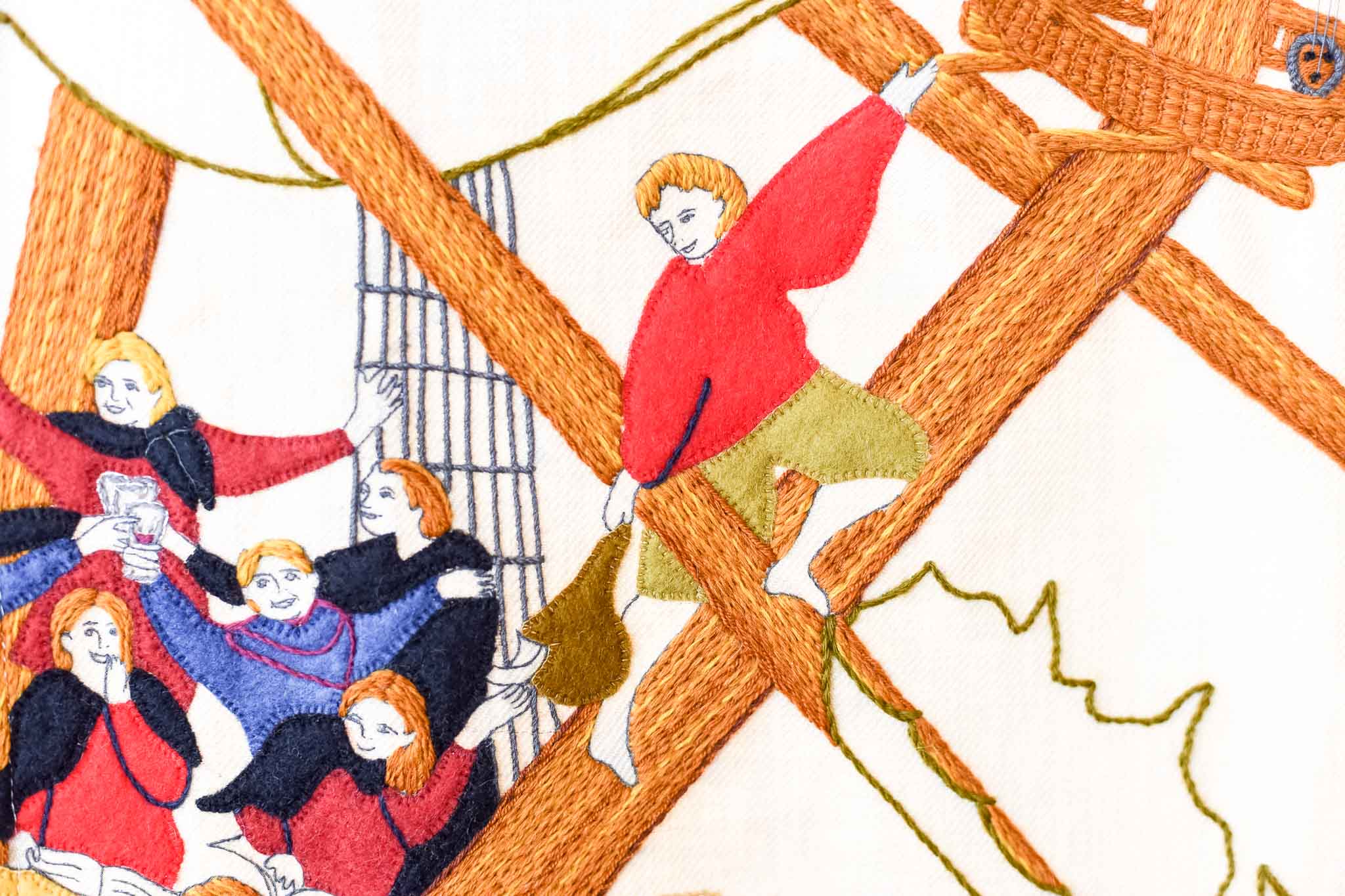
Finding her own way as an artist and as a woman in what she felt was a man’s world, her frustration of the boys’ club saw her femininity and artistic expression flourish. Melinda absorbed herself in sail making and rope making, learning the history of the skill and fighting against the feminised reputation of tapestry and needlework that was at the core of the embroidered sail she dreamt of creating. Painters and sculptors take the limelight over craft endeavours, and Melinda has worked hard to elevate the reputation of craft artisans within the Victorian community. “The difference between a work of craft and a work of art is the intention behind the work. You can use traditional means to create extraordinary things,” says Melinda.
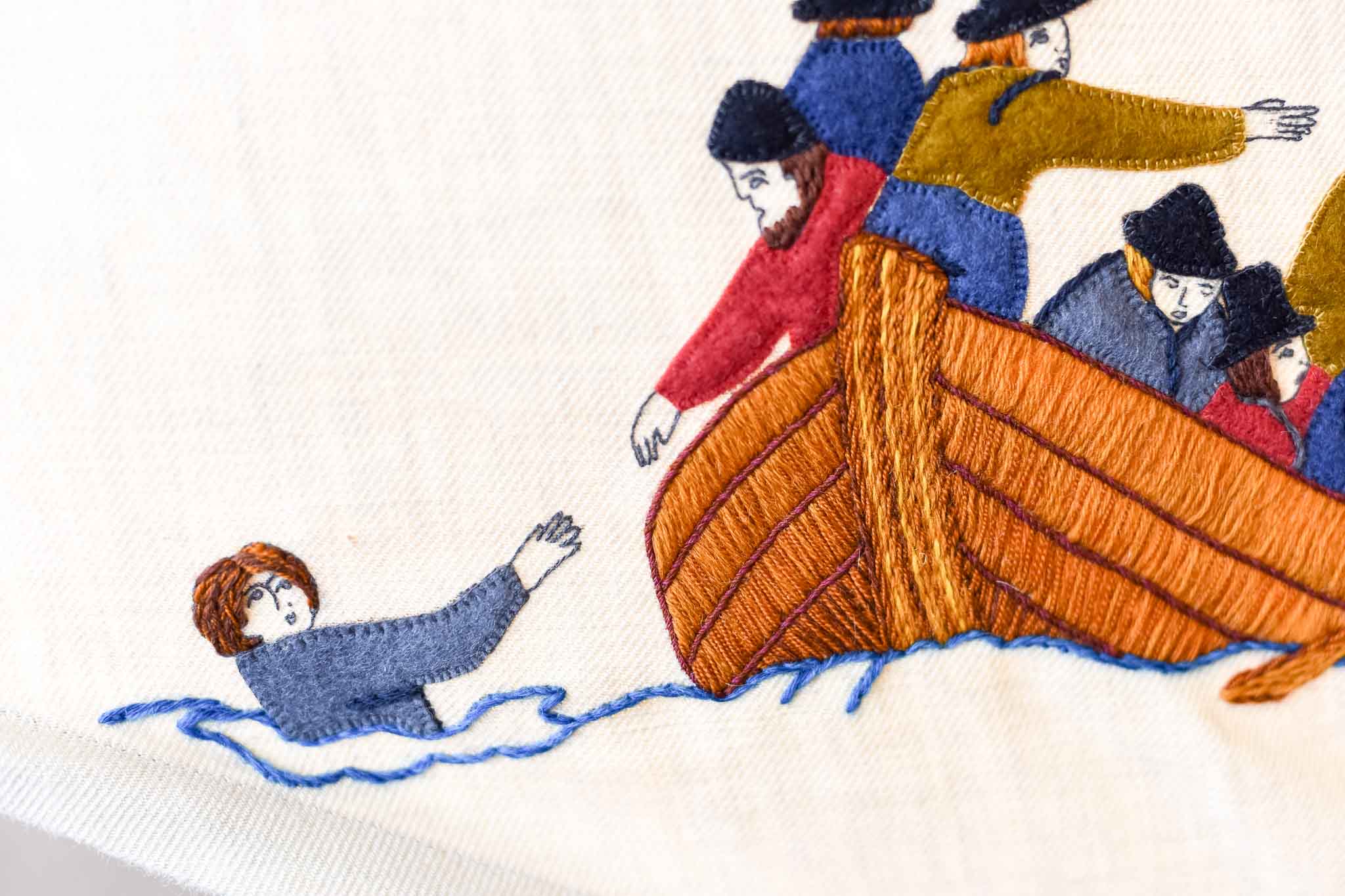
It was during her studies that Melinda picked up a book called “Islands of Angry Ghosts”, a flimsy paperback written in the 1960s. The story burned brightly for her and she started to draw, and she felt summoned to bring the tale of the Batavia to life and fulfil her dream of making an embroidered sail. It absorbed her imagination, and changed the course of her life.
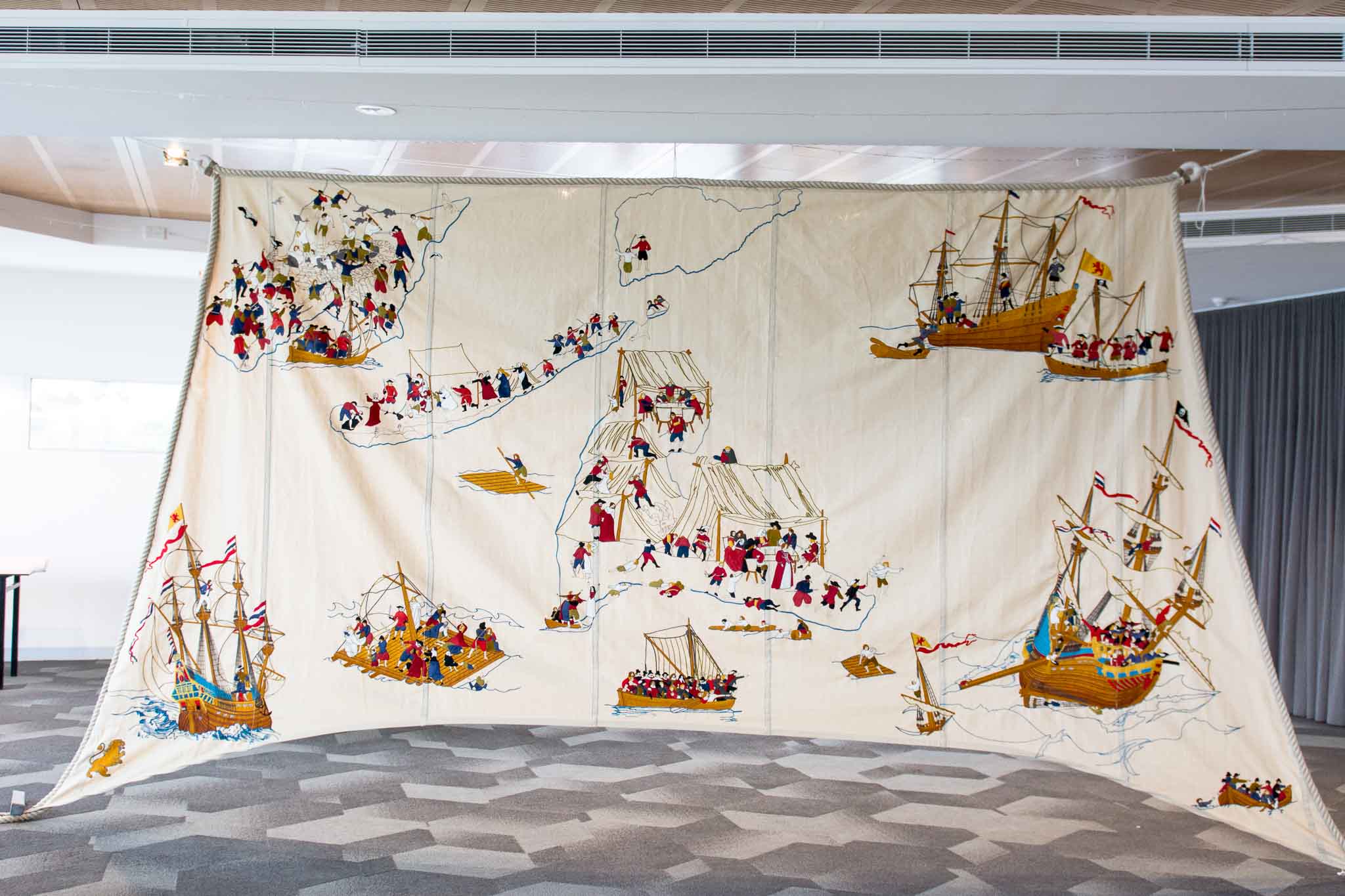
Melinda spent over a year researching the facts of the Batavia, the events leading up to the tragic ship wreck and the subsequent tales of misery, debauchery and murder. She had started her Masters of Fine Arts and this work of passion would form her thesis. The writing of the thesis took almost two years, getting completely immersed in the story and reading through archaeological and scientific papers about the burial digs on the islands where the Batavia was shipwrecked and where the surviving passengers lived until their rescue, or death.
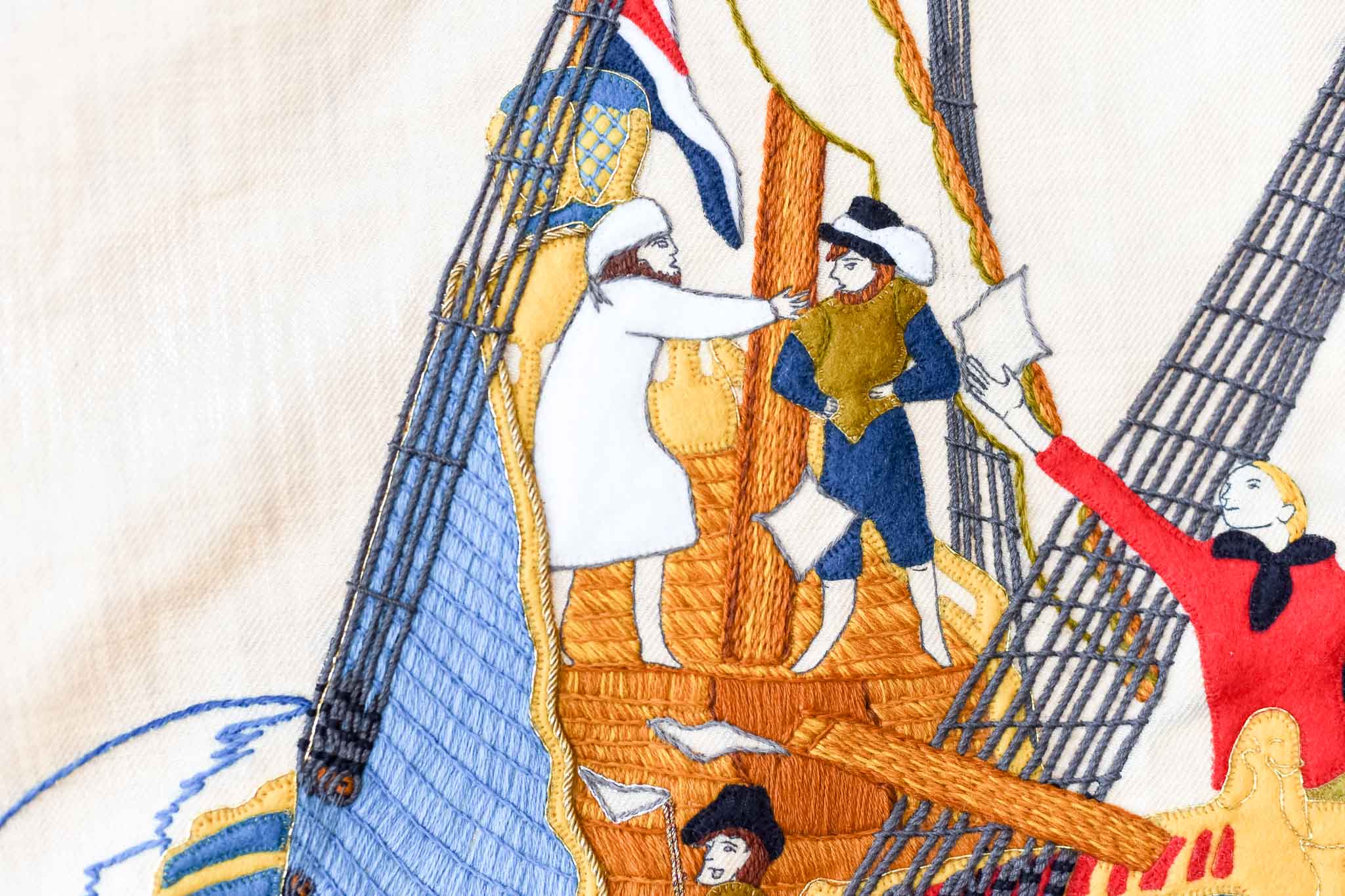
The tale of the Batavia reads like an epic saga, a tragedy of unimaginable events. In 1628 the Dutch East Indies Company launched the 160ft Batavia carrying 340 passengers, crew, and soldiers and 600 tons of cargo (silver and jewels for trading, valuable objects d’art plus 250,000 guilders – about $20 million today). It set sail on her maiden voyage as the flagship of a fleet on a routine trip to the Dutch East Indies under the command of Francisco Pelsaert, but came to a tragic end on June 4, 1969 when after travelling over 3000 kms off course it ploughed into a reef in the Houtman Abrolhos, the coral islands 80 kms from what is now known as Geraldton. What followed was a tale of survival and death, mutinous plots and murder, a search for water and food, a reign of terror by a gang of killers, and a miraculous rescue mission.
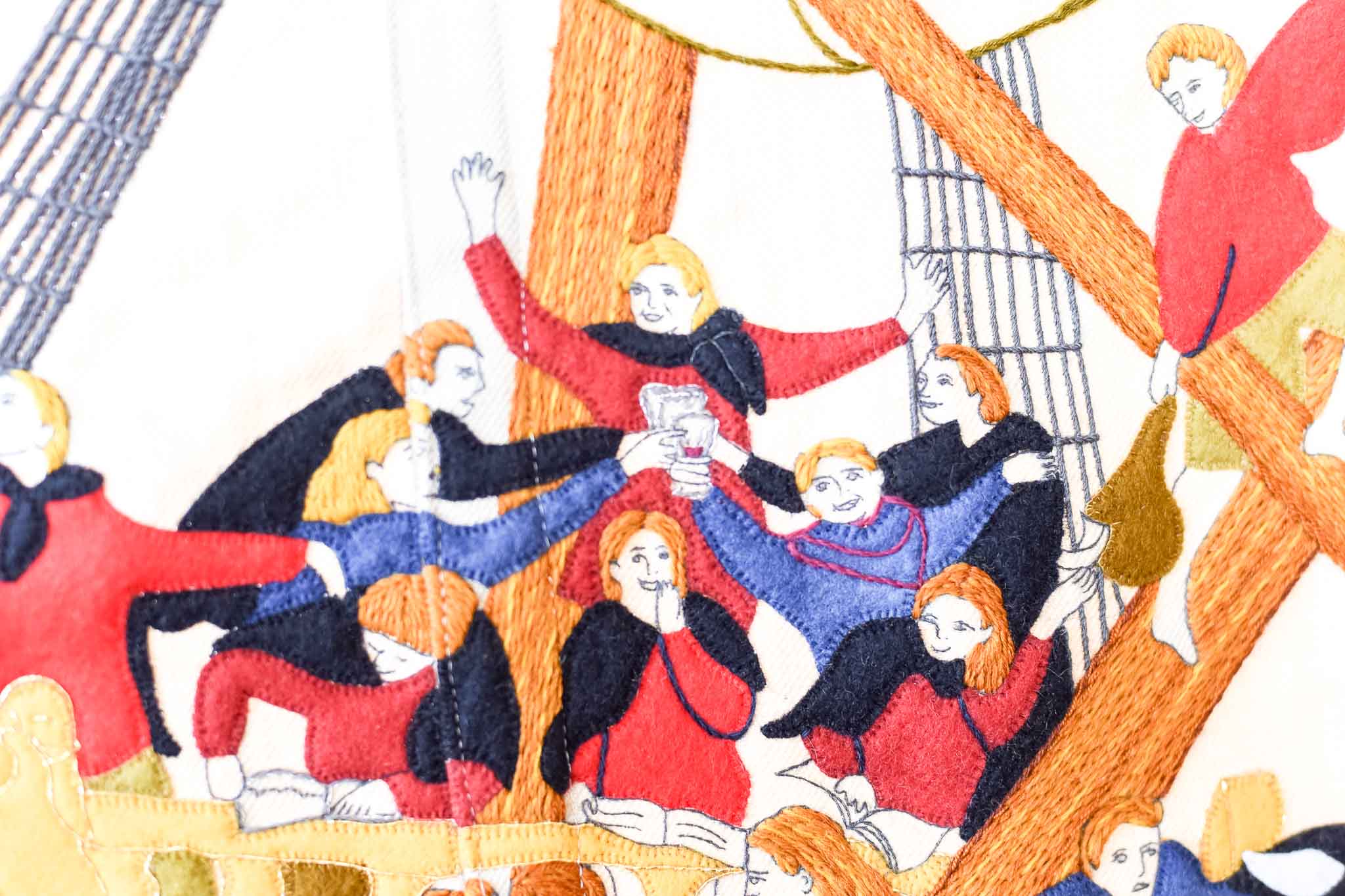
Seven years after taking her first stitch, Melinda’s masterpiece is complete. And what a breathtaking, extraordinary piece of art and storytelling it is. Three metres high and five metres wide, it is as epic as the tale it tells. Cutting and sewing the panels of linen was a feat in itself (the preciseness was vital to the seamlessness of the story), but the most difficult part of the sail tapestry was the rope work. It was this heavy work that took its toll, Melinda wearing a sail-makers palm to push the long needles through the linen and the layers of the heavy rope.
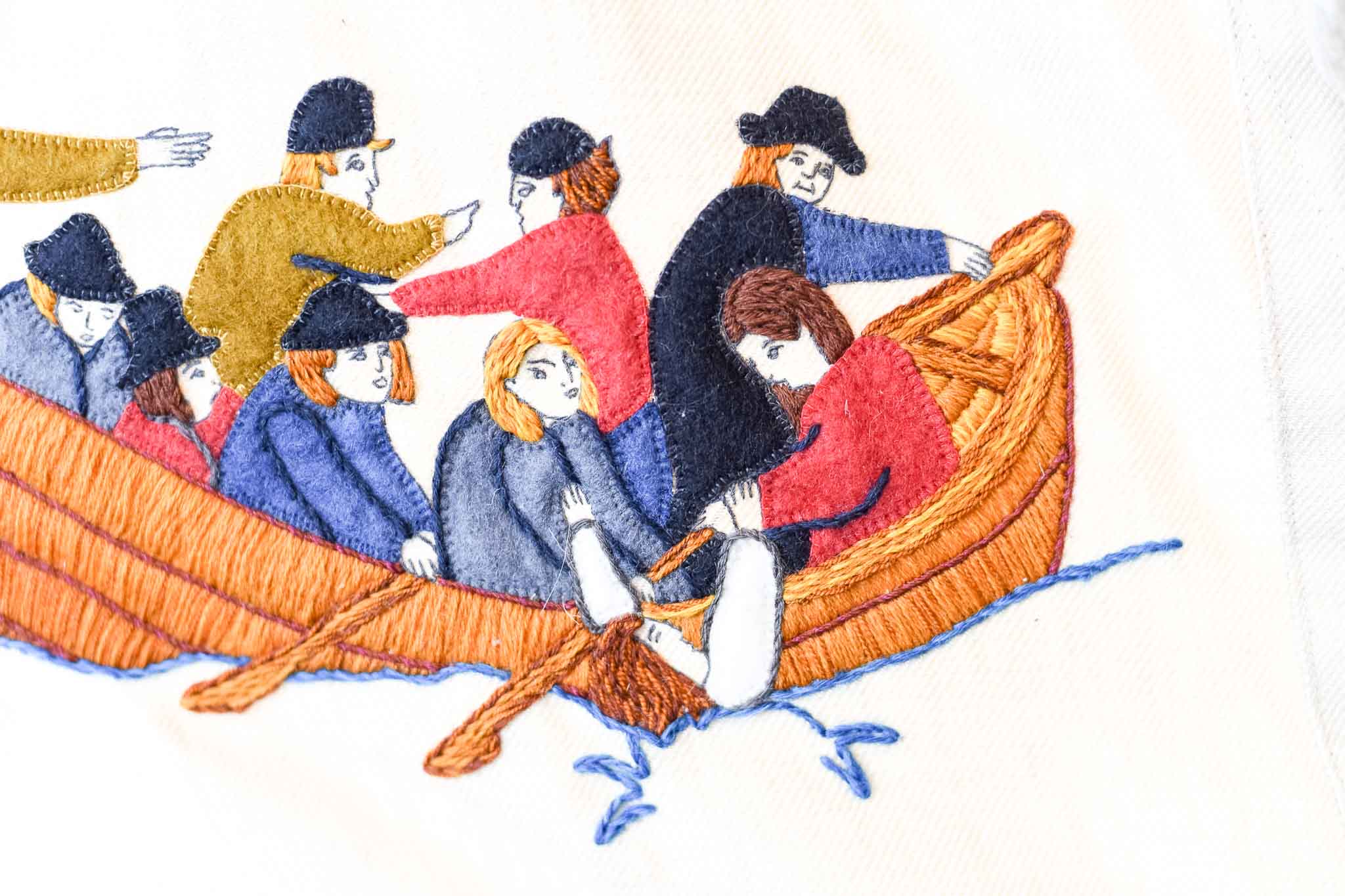
Still quite an unknown artwork, Melinda’s Batavia tapestry will soon get the recognition it deserves when it is unveiled at the Wooden Boat Festival in Hobart on February 10th – 13th. To have her textile work as the focal point of this Festival is a rewarding achievement for Melinda, and she hopes to tour her masterpiece and to see it on permanent display at the Shipwreck’s Gallery at the Maritime Museum in Fremantle or Geraldton in W.A.
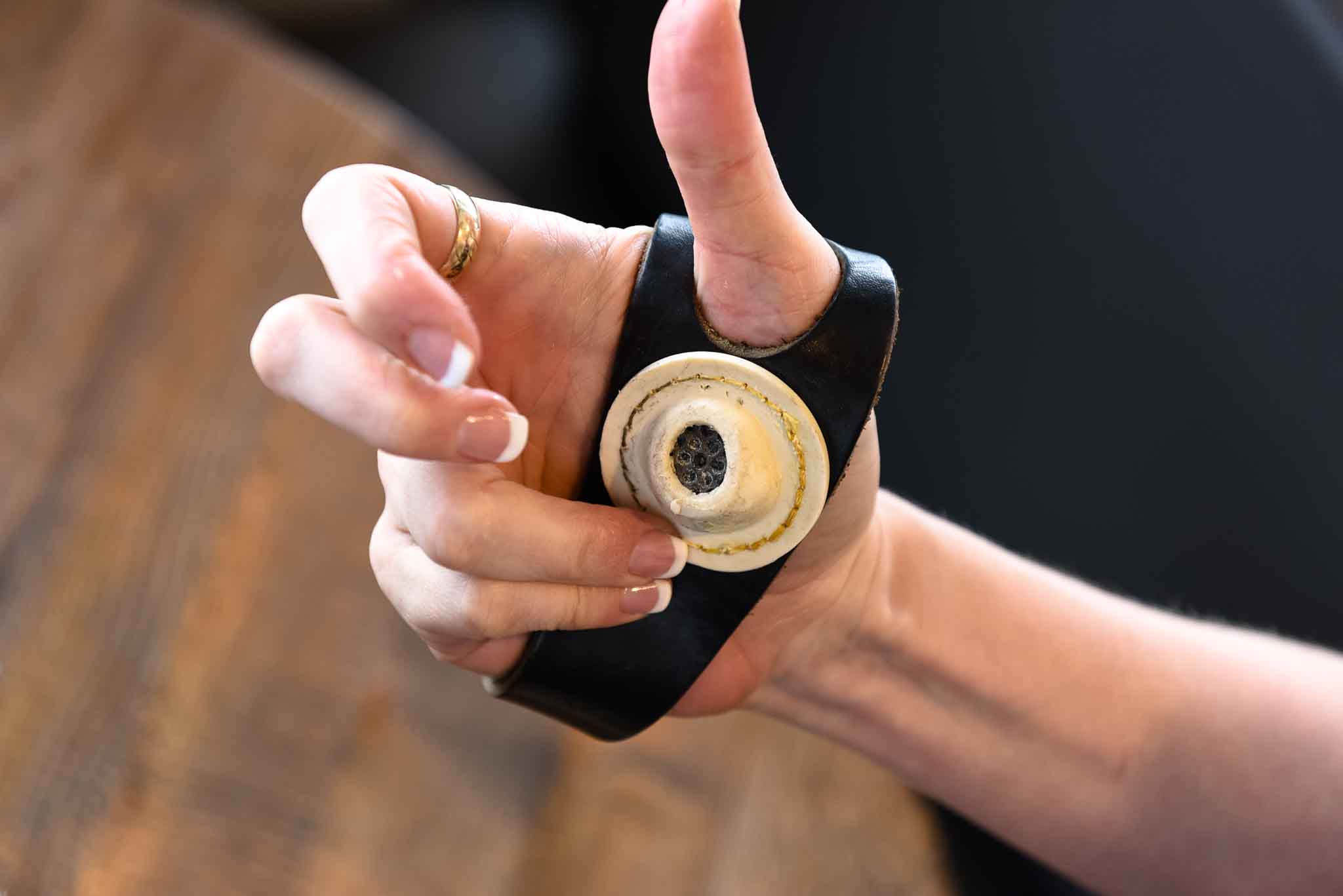
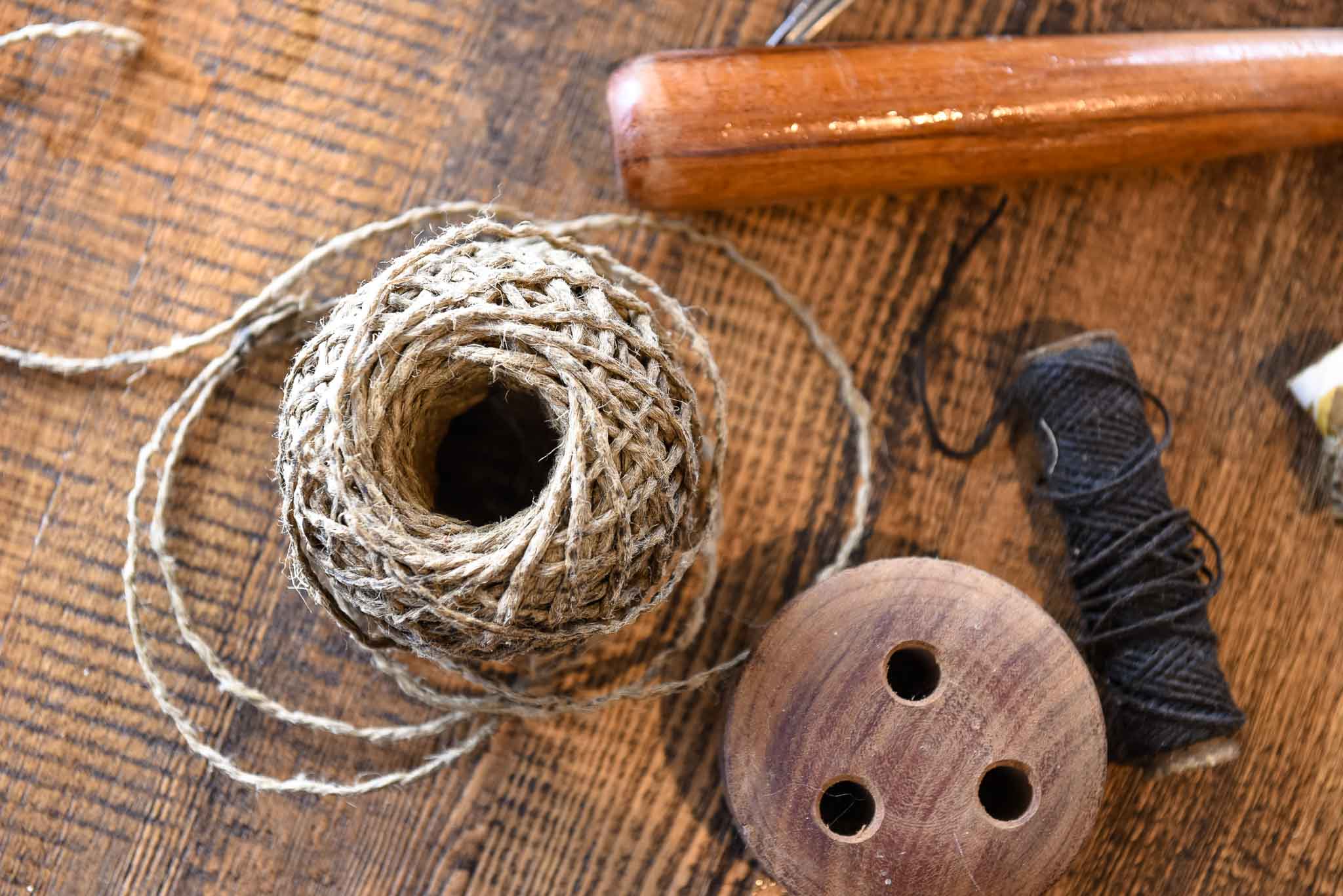

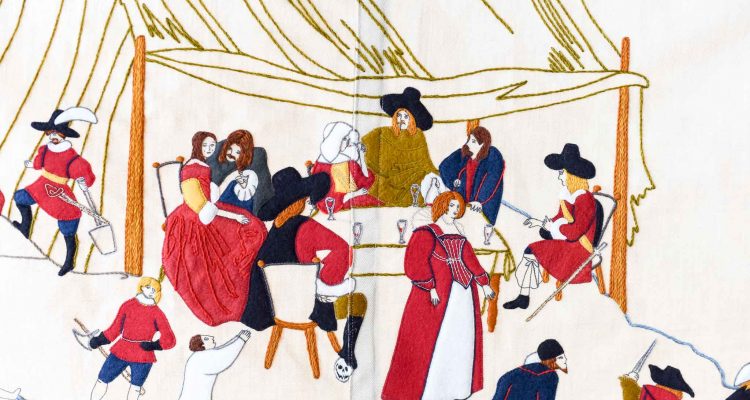
Leave a Reply
You must be logged in to post a comment.